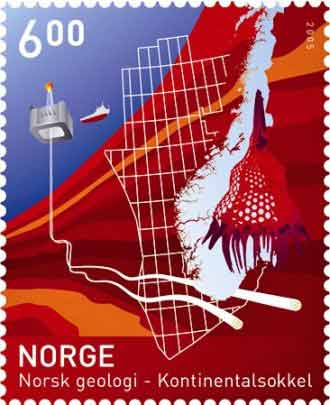
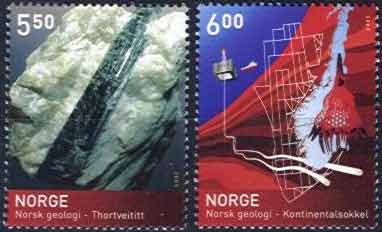
|
БИОЛОГИЯ НА ПОЧТОВЫХ МАРКАХ BIOLOGY ON POSTAGE STAMPS |
Norway (En) - Норвегия (Ru) - Norvege (Fr) - Norwegen (De) - Noruega (Sp) - Norge - Noreg
2005 (Oct.16) Geological Society of Norway centenary (2v set) - Геологическое Общество Норвегии (2 м.) †
(Sc.)(Mi.)(Yv.)(SG) 5.50 Thortveitite (mineral) (En)
(Sc.)(Mi.)(Yv.)(SG)
6.00 Lamprocyclas maritalis - Радиолярия [Fossil] †
00039


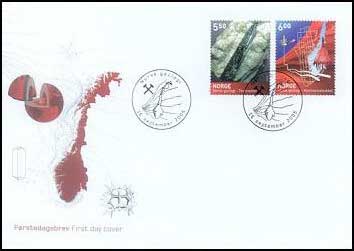 FDC (КПД)
FDC (КПД)
Presentation pack:
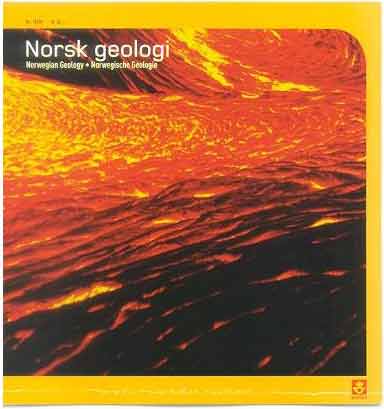

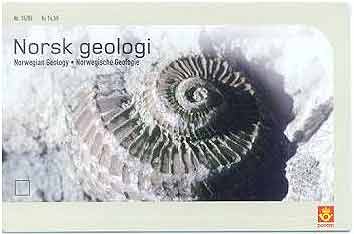
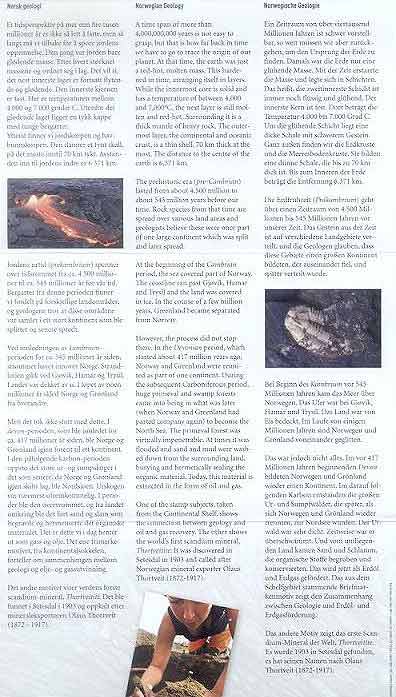
Collector's sheet:

Norwegian Geology http://www.posten.no/Portal/Privat/SamleFrimerker/read+more+NK+1587-88.htm
A time span of more than 4,000,000,000 years is not easy to grasp, but that is how far back in time we have to go to trace the origin of our planet. At that time, the earth was just a red-hot, molten mass. This hardened in time, arranging itself in layers. While the innermost core is solid and has a temperature of between 4,000 and 7,000°C, the next layer is still molten and red-hot. Surrounding it is a thick mantle of heavy rock. The outermost layer, the continental and oceanic crust, is a thin shell, 70 km thick at the most. The distance to the centre of the earth is 6,371 km.
The prehistoric era (pre-Cambrian) lasted from about 4,500 million to about 545 million years before our time. Rock species from that time are spread over various land areas and geologists believe these were once part of one large continent which was split and later spread.
At the beginning of the Cambrian -period, the sea covered part of Norway. The coastline ran past Gjøvik, Hamar and Trysil and the land was covered in ice. In the course of a few million years, Greenland became separated from Norway.
However, the process did not stop there. In the Devonian period, which started about 417 million years ago, Norway and Greenland were reunited as part of one continent. During the subsequent Carboniferous period, huge primeval and swamp forests came into being in what was later (when Norway and Greenland had parted company again) to become the North Sea. The primeval forest was virtually impenetrable. At times it was flooded and sand and mud were washed down from the surrounding land, burying and hermetically sealing the organic material. Today, this material is extracted in the form of oil and gas.
One of the stamp subjects, taken from the Continental Shelf, shows the connection between geology and oil and gas recovery. The other shows the world’s first scandium mineral, Thortveitite. It was discovered in Setesdal in 1903 and called after Norwegian mineral exporter Olaus Thortveit (1872-1917).
Numbers: NK 1587-88
Subjects: Thortveitite, Norwegian continental shelf
Design: Ashley Booth
Values: NOK 5.50 - 6.00
No. per sheet: 50
Issue: 600.000 of each value
Printing: Offset by Joh. Enschedé, Netherlands
Sales prices:
First day cover NOK 14.50
Presentationpack NOK 16.50
Collector's set NOK 36.00
Collector's sheet NOK 31.50
Ссылки - Links
Марки
Начато: 03.03.2008 Обновлено: 02.09.2008